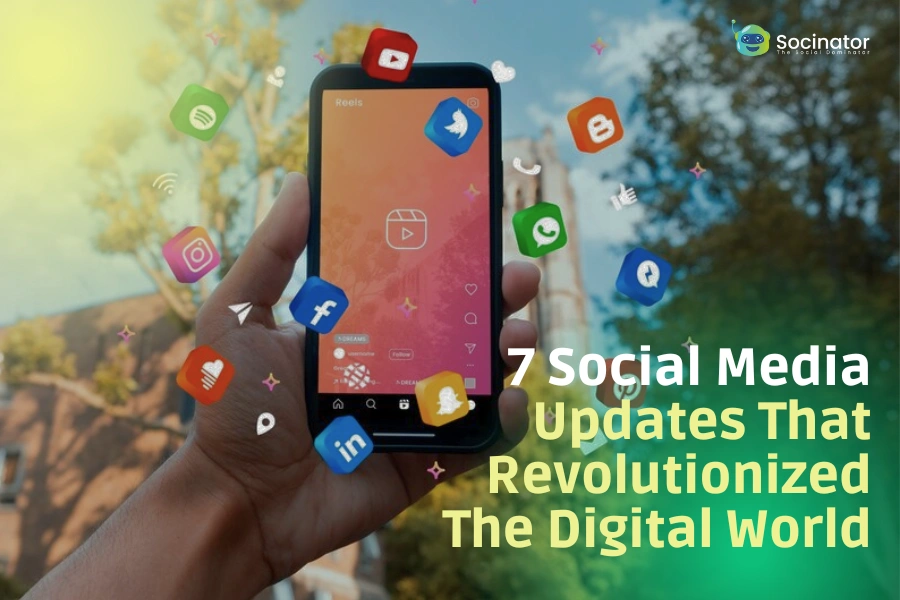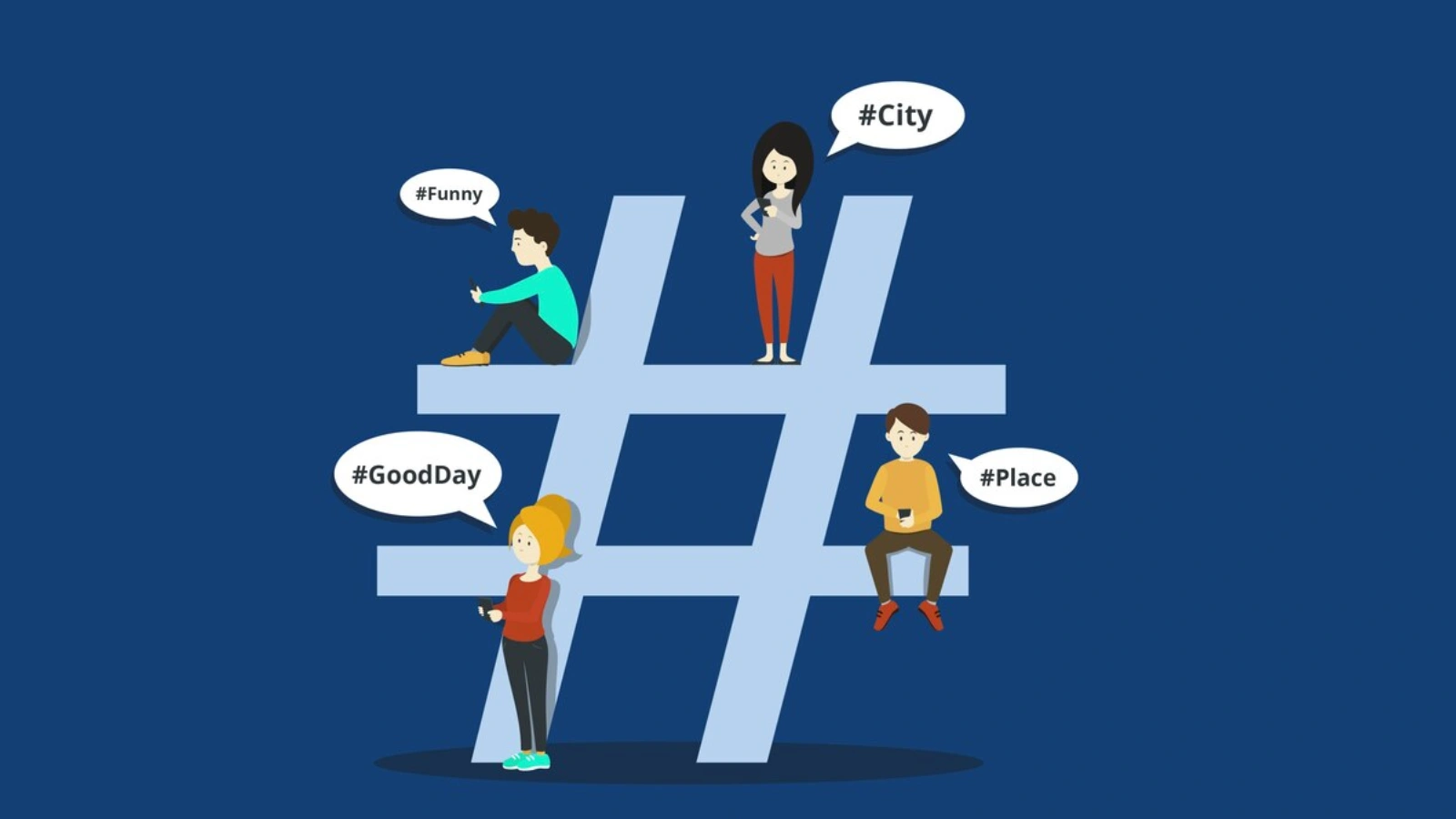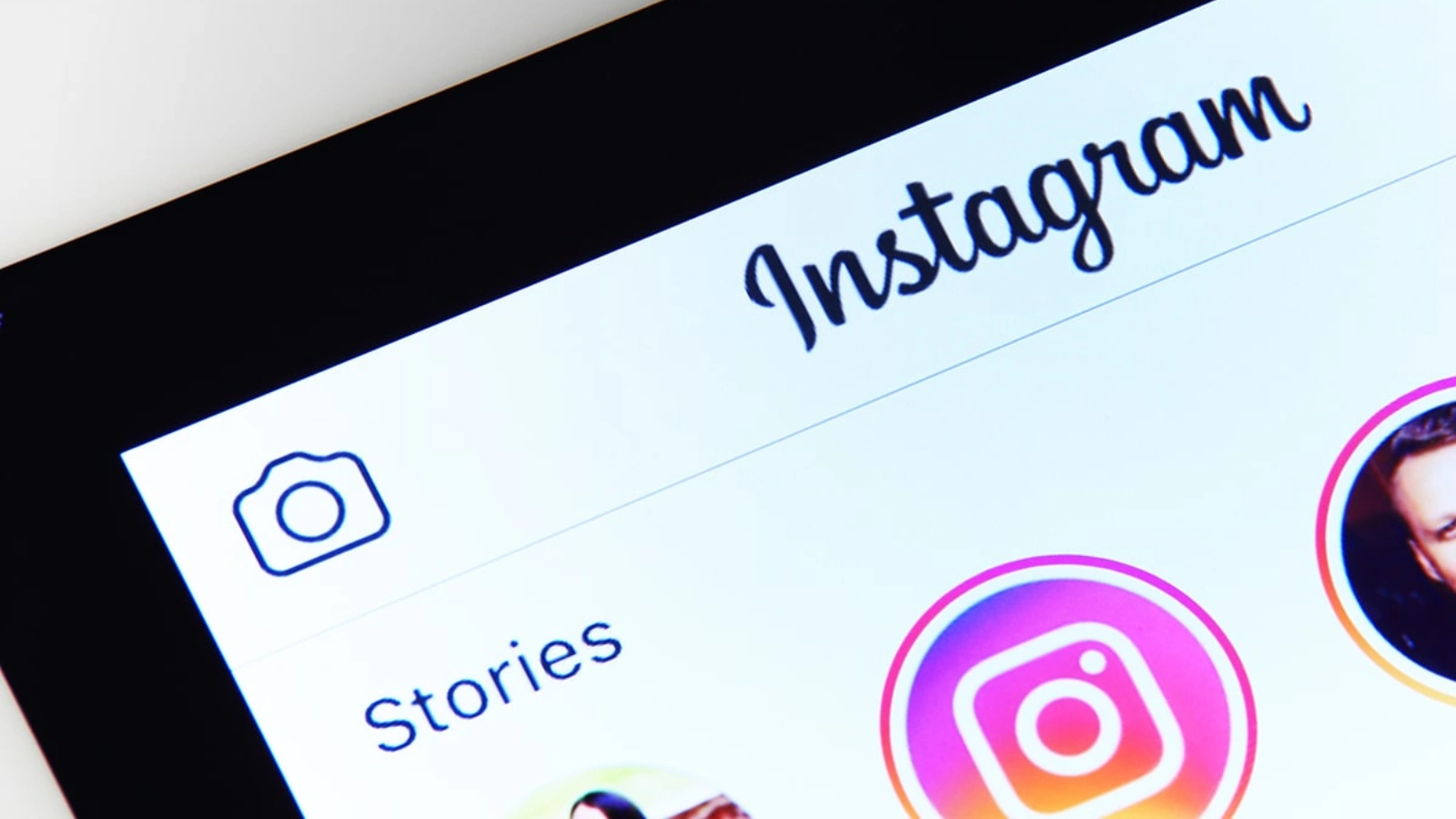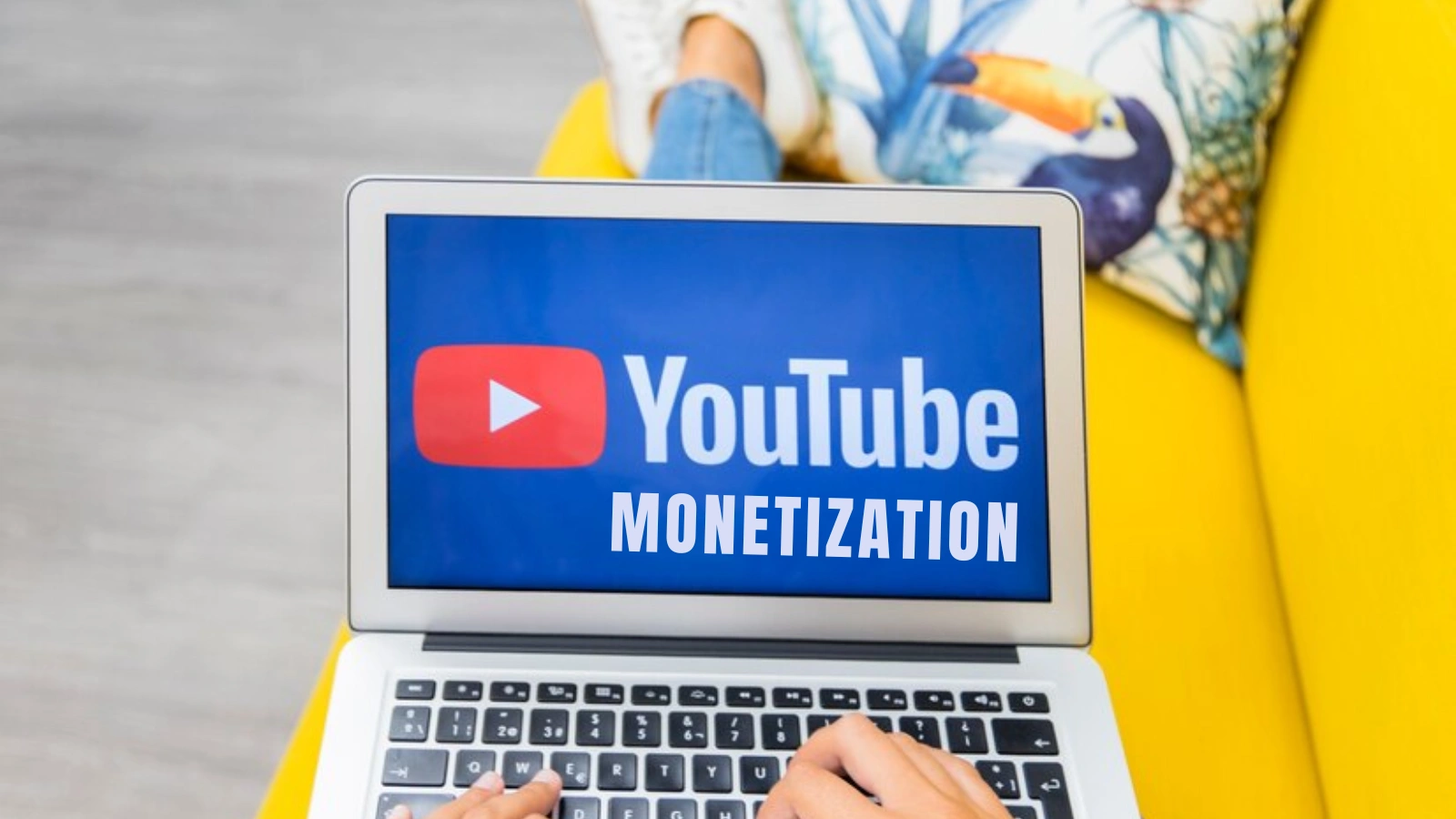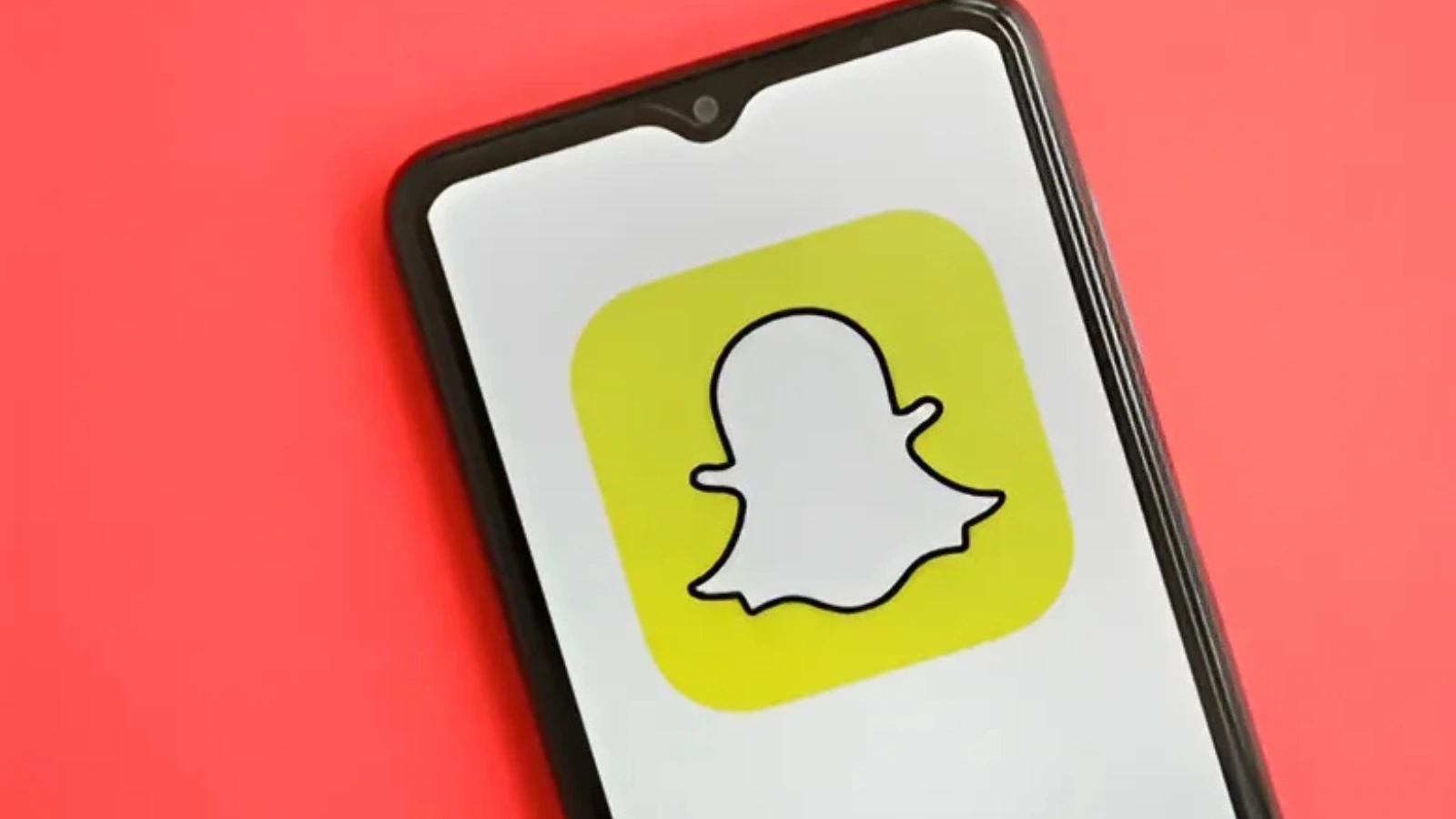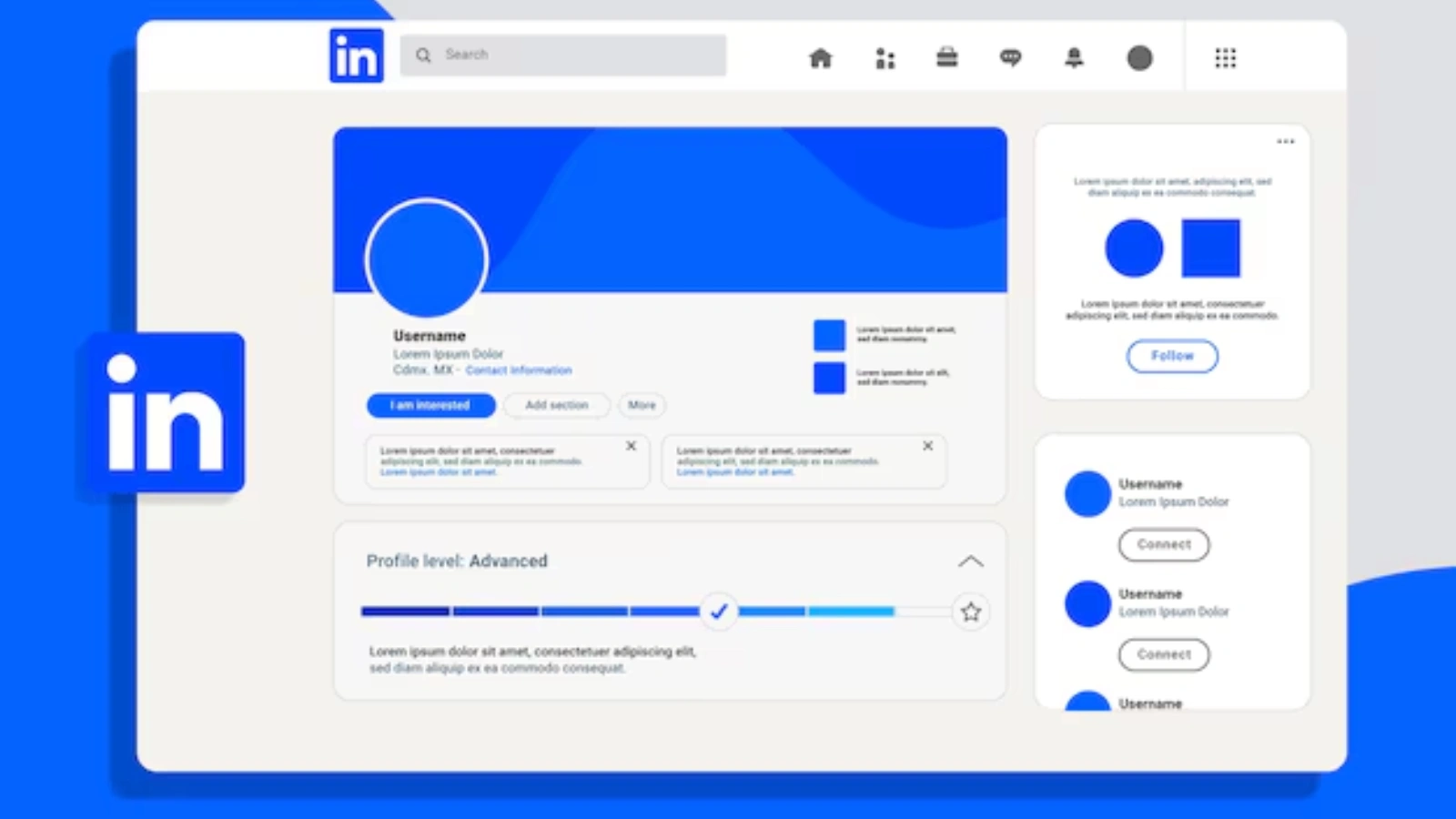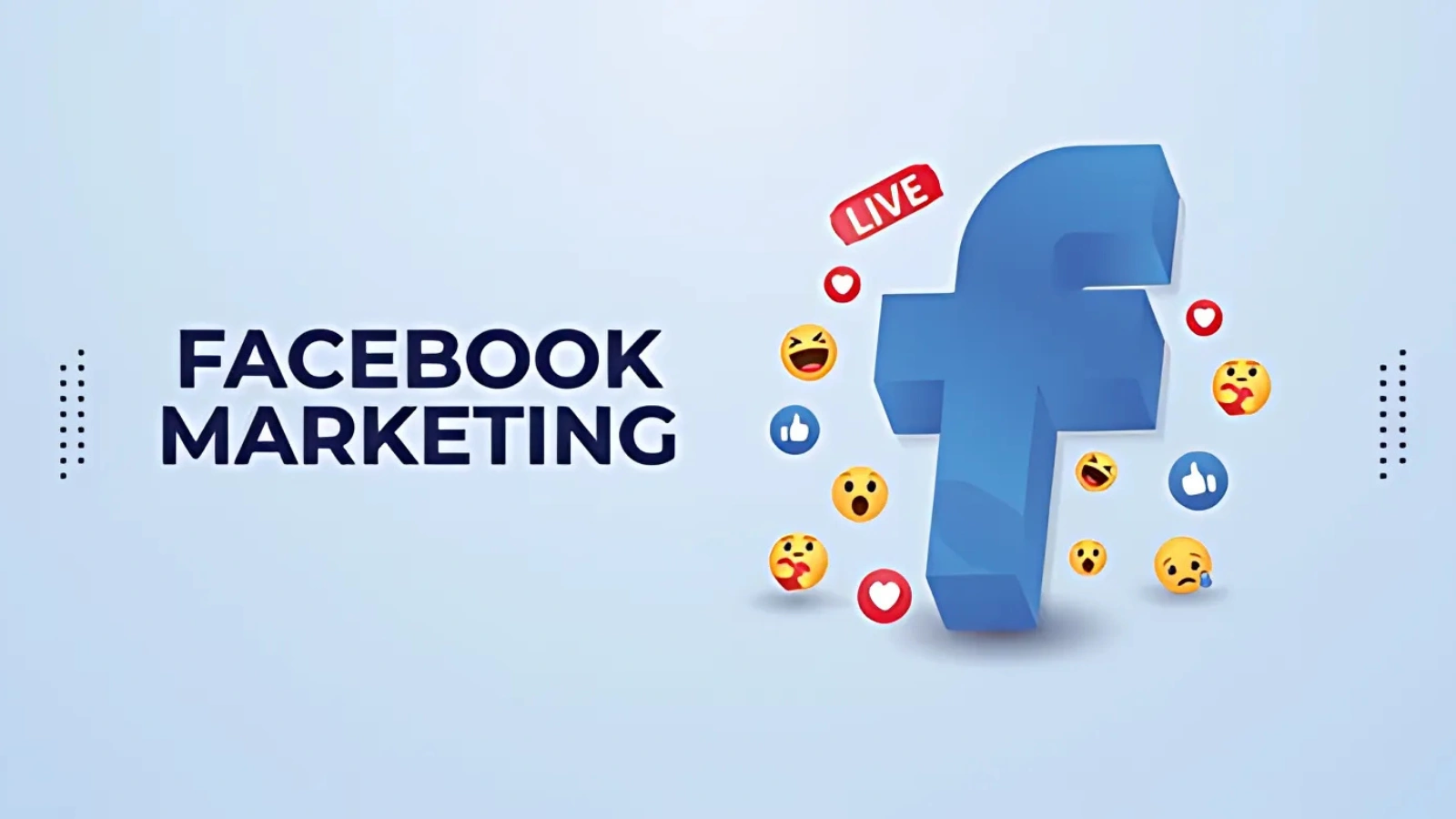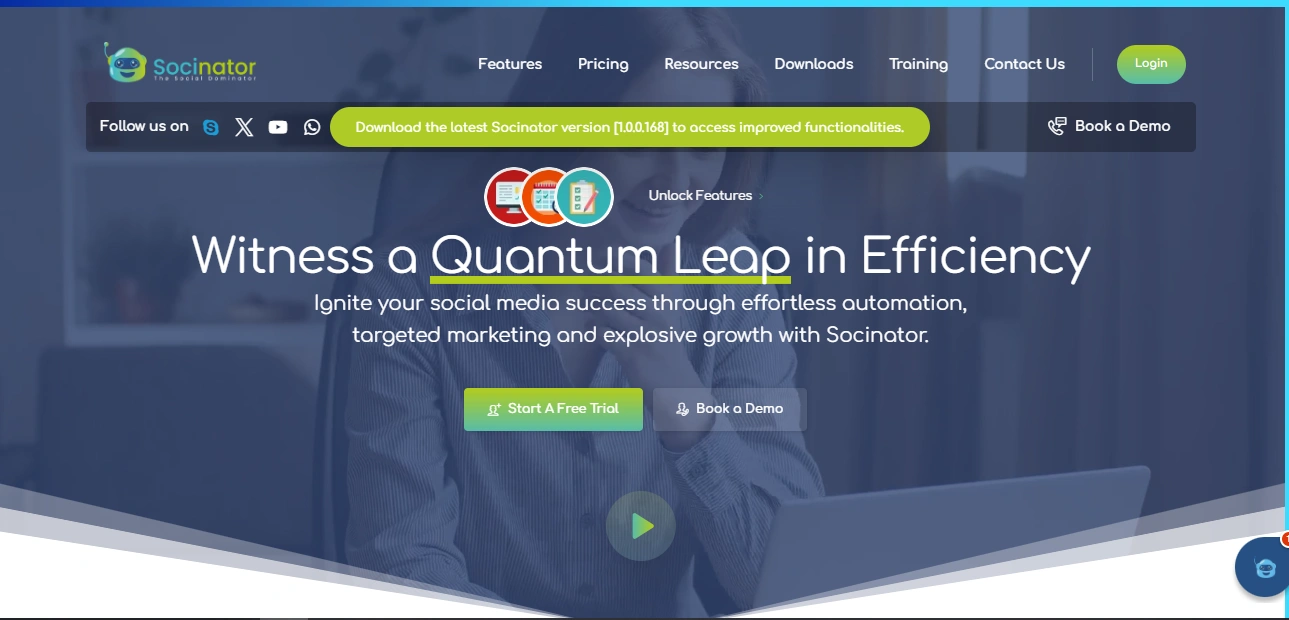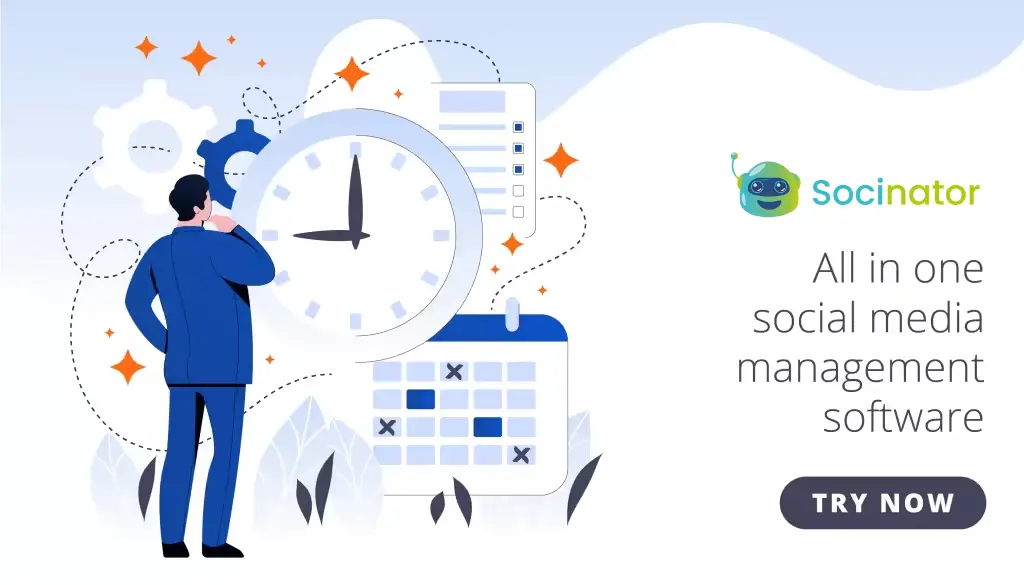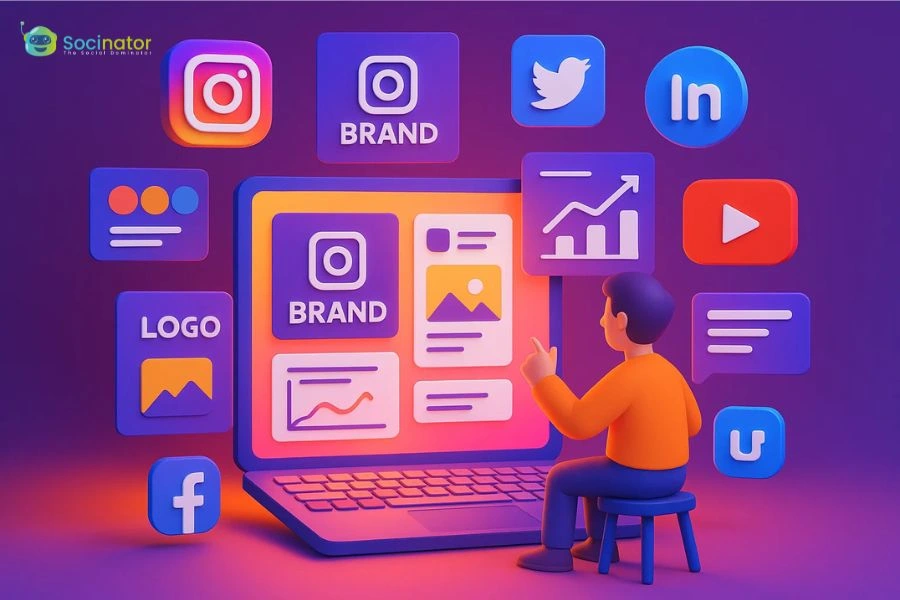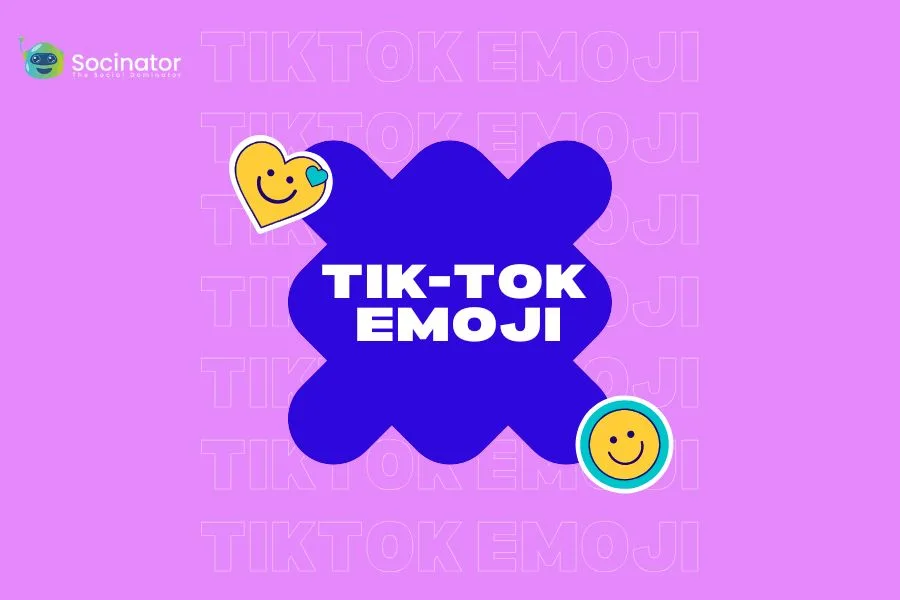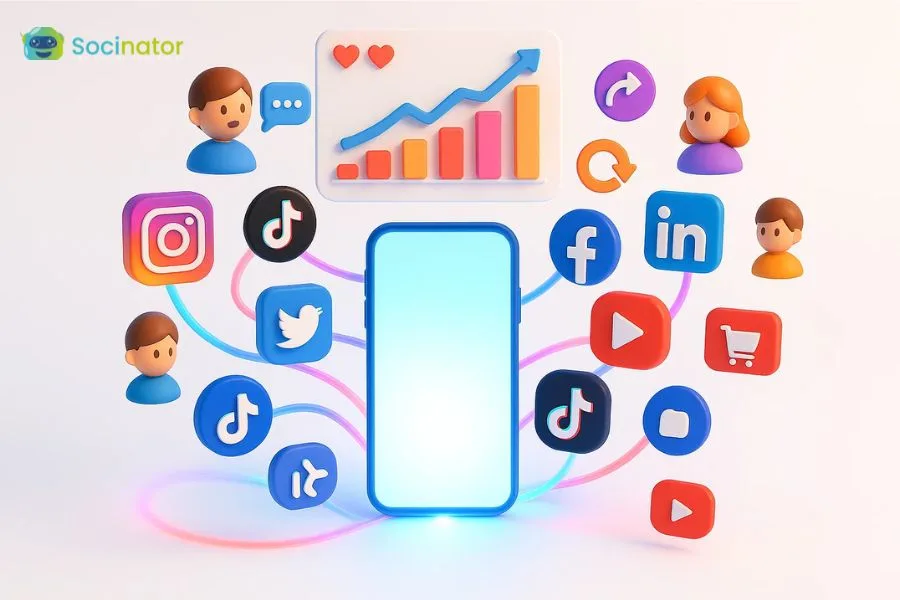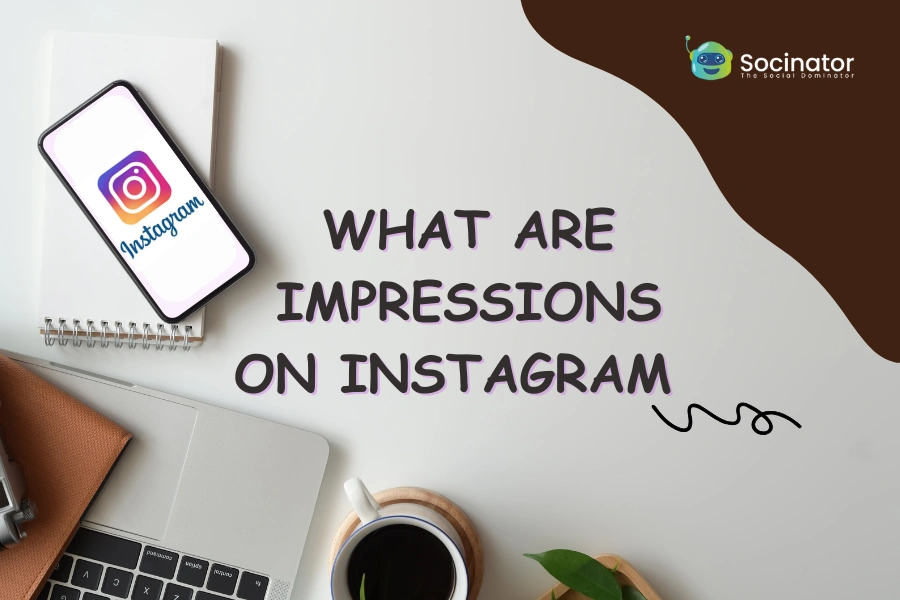Navigating the world of social media can sometimes feel like walking a tightrope—one misstep, and your carefully crafted content can fall flat. With each new social media algorithm update, the rules of engagement shift, impacting how your audience interacts with your posts.
Staying informed about these social media updates is essential to ensuring your content remains visible and relevant. In this blog, we’ll break down all the social media updates and what they mean for your marketing game. We’ll explore the key changes that can impact your content visibility and engagement. With this knowledge in hand, you’ll be able to tweak your strategy, enhance your content, and connect with your audience more effectively.
From trending topics to the latest platform features, we’ve got you covered. By staying informed, you’ll be ahead of the curve and ready to make your mark.
Get ready to supercharge your social media strategy and watch your content shine!
Listen To The Podcast Now!
7 Social Media Updates That Revolutionized The Digital World
Social media continues to evolve with constant updates that redefine how users interact with platforms and content. Some social media updates have shaped not only the platforms themselves but also influenced global communication, commerce, and culture.
Let’s dive into eight game-changing social media updates that revolutionized the digital world.
Facebook’s News Feed (2006)
Facebook’s introduction of the News Feed in 2006 was one of the most transformative updates on social media. Before this feature, users had to manually visit their friends’ profiles to view updates. The News Feed allowed users to see a continuous stream of updates, posts, and notifications in real-time, which shaped the social media experience into what it is today.
This update turned Facebook from a static networking site into a dynamic platform for information exchange. It fundamentally changed how people consumed content, paving the way for the rise of algorithm-driven feeds that prioritize personalized content. It has influenced how social media algorithms work today. The impact was significant, making Facebook a primary source for everything from personal updates to global news.
Twitter’s Hashtag Innovation (2007)
One of the most pivotal social media updates was Twitter’s introduction of the hashtag feature. Though initially a user-generated concept, Twitter officially integrated hashtags in 2007, changing how people engaged with trends and conversations online. The hashtag gave users a powerful tool to tag content, making it easier to search for related topics or join larger conversations.
The true impact of these social media updates became evident when hashtags fueled global movements like #BlackLivesMatter and #MeToo, proving that social media could be a powerful force for social change. Hashtags are now a universal feature across all platforms, playing a key role in organizing content and tracking trends in real-time.
Instagram Introduces Stories (2016)
The introduction of Instagram Stories in 2016 was a revolutionary update on social media that altered how users interact with ephemeral content. Inspired by Snapchat’s disappearing posts, Instagram Stories allowed users to share images and videos that vanish after 24 hours. This major social media update encouraged real-time engagement and gave rise to a more casual, behind-the-scenes look into users’ lives.
Brands quickly adopted Instagram Stories to create more interactive and engaging content. It shifted the focus from perfectly curated feeds to more authentic, in-the-moment experiences. This update influenced other platforms, like Facebook and YouTube, to prioritize short, temporary content and further expanded the importance of video content in social media algorithms.
YouTube’s Monetization Program (2007)
YouTube’s monetization program, introduced in 2007, was one of the most impactful social media updates that revolutionized the way content creators engage with their audiences. The platform allowed creators to earn money through ad revenue, which turned YouTube into a viable career option for many. It was this social media update that gave birth to the influencer economy, transforming everyday people into content entrepreneurs.
The ability to monetize content revolutionized how social media platforms approached user engagement, with other platforms like Instagram and TikTok following suit. This update not only changed online video creation but also reshaped global media consumption patterns, driving new forms of digital marketing.
Snapchat’s AR Filters (2015)
When Snapchat introduced Augmented Reality (AR) filters in 2015, it was one of the most creative social media updates at the time. This update allowed users to apply filters that altered their appearance or surroundings in real-time, blending the digital world with reality. AR filters quickly became popular for their fun, immersive experiences, and Snapchat’s innovation-led other platforms, like Instagram and Facebook, to follow suit.
Beyond entertainment, AR filters opened the door for brands to engage audiences in new ways, from virtual try-ons to interactive campaigns. This update not only changed how users create content but also expanded the possibilities for digital marketing and user engagement on social media platforms.
LinkedIn’s Professional Content Creation Features (2021)
LinkedIn’s shift toward social media content creation in 2021 was a significant social media update that redefined the platform. Previously known as a professional networking site, LinkedIn introduced creator tools that allowed users to publish articles, share videos, and host live events, transforming it into a hub for professional content and thought leadership.
This update provided professionals with new ways to engage their audience, build their brands, and even monetize their content. The result was a more dynamic, engaging experience that positioned LinkedIn as a key player in content marketing and business development.
Facebook’s Social Media Marketplace (2016)
Facebook’s launch of the Marketplace in 2016 was another landmark social media update that blended e-commerce with social interaction. The feature allowed users to buy and sell products directly on the platform, giving businesses, especially small enterprises, access to Facebook’s massive user base.
By combining social networking with online shopping, this update transformed Facebook into more than just a place to share updates—it became a vital platform for commerce. The rise of social commerce, where people shop directly through social media platforms, was accelerated by Facebook’s Marketplace, making it easier for brands and consumers to connect.
Recent Social Media Updates Of Major Platforms
1. Facebook
Facebook has made several noteworthy changes to its platform in 2024. One of the most significant updates is the overhaul of its algorithm, focusing on prioritizing meaningful interactions over passive consumption.
This shift encourages users to engage more with content from friends and family, which can impact brands’ organic reach. Businesses must adapt their strategies to foster genuine engagement, such as creating interactive posts and utilizing Facebook Stories.
Additionally, Facebook has introduced new features for businesses, including enhanced tools for Shops, which allow brands to create an immersive shopping experience directly on the platform.
This update aims to streamline the shopping process and integrate it seamlessly with the social experience. Brands are now able to showcase their products more dynamically and engage with customers in real-time through live shopping events.
2. Instagram
Instagram continues to evolve with a focus on video content and creator engagement. The introduction of Instagram Notes allows users to share quick updates with their followers, akin to a text message but within the app. This feature enhances personal connections and fosters community engagement.
Instagram has also revamped its Reels feature, making it easier for users to discover and interact with short-form video content. Brands can now utilize new editing tools and audio features to create compelling and shareable Reels. The platform’s algorithm has also been adjusted to favor Reels, allowing brands to increase visibility and engagement through this engaging format.
Additionally, Instagram is emphasizing shopping capabilities, with updates that include in-app checkout for more products. This shift not only enhances the user experience but also encourages brands to optimize their shopping features to drive sales directly through their profiles.
Instagram’s latest updates include customizable profile cards, public Story comments, expanded carousels, profile picture zoom, AI stickers, multiple bio links, and an option for an ad-free feed—enhancing connectivity, customization, and user experience.
3. Twitter (X)
In 2024, Twitter has undergone significant transformations, rebranding itself as X. One of the most prominent updates is the introduction of X Spaces, which allows users to host live audio conversations. This feature offers brands an opportunity to engage with audiences in a more interactive format, enabling real-time discussions and Q&A sessions.
Furthermore, Twitter has rolled out Topics, which help users discover content that interests them based on their preferences. Brands can utilize Topics to ensure their tweets are reaching the right audience, enhancing engagement and visibility.
The platform has also improved its advertising tools, providing deeper insights into campaign performance and audience targeting. These updates enable brands to refine their strategies and achieve better results from their advertising efforts.
4. LinkedIn
LinkedIn has prioritized professional development and networking in 2024 with several updates aimed at enhancing user experience. The introduction of LinkedIn Events allows users to create and promote virtual events more effectively, making it easier for brands to host webinars, workshops, and networking sessions.
Additionally, LinkedIn has enhanced its algorithm to provide a more personalized feed, ensuring that users see content relevant to their interests and professional goals. For brands, this means creating content that resonates with their target audience to boost visibility.
The platform’s LinkedIn Learning has also expanded its offerings, allowing companies to provide employees with access to a broader range of professional development resources. This update emphasizes LinkedIn’s commitment to fostering professional growth and networking opportunities.
5. Snapchat
Snapchat has made several updates in 2024 that focus on enhancing user engagement and expanding advertising capabilities. A key feature introduced is Snapchat Discover, which has undergone a redesign to provide a more personalized content experience. This update allows users to discover new content based on their interests, enhancing engagement with brands and creators.
Snapchat has also expanded its augmented reality (AR) capabilities, launching new tools for brands to create immersive ads. These AR ads enable users to interact with products in a virtual space, enhancing the shopping experience and increasing conversion rates. Brands can now leverage Snapchat’s AR Lens feature to create unique, engaging experiences that encourage user participation.
Snapchat has introduced Spotlight, a dedicated space for user-generated content that allows creators to showcase their talent and reach a broader audience. Brands can capitalize on this feature by collaborating with influencers and encouraging user-generated content that promotes their products or services.
Moreover, Snapchat’s advertising platform has been upgraded with enhanced targeting options, allowing brands to reach their desired audience more effectively. These updates make it easier for businesses to create and manage campaigns, driving better results from their social media efforts.
Top Social Media Trends to Watch Out for in 2025
As we move into 2025, several key social media updates are set to shape the landscape. Here are the trends to keep an eye on:
- Augmented Reality (AR) and Virtual Reality (VR):
AR and VR are transforming social media by providing immersive experiences. Users will be able to attend virtual events and shop using AR-enhanced displays. This makes interactions more engaging and fun. - Decentralized Social Networks:
With rising concerns over privacy, decentralized social networks are gaining popularity. These platforms use blockchain technology, giving users control over their data. They promise better security and less censorship, attracting privacy-conscious users. - Dominance of Short-Form Videos:
Short-form videos are taking over social media. Platforms like TikTok and Instagram Reels are leading the charge. Brands must craft impactful messages in under a minute to keep up with this trend. - Growth of Social Commerce:
Social commerce is expanding rapidly. Features like shoppable posts and live-stream shopping make buying products easier. Users will discover and purchase items directly through social media, making it vital for businesses to adapt. - AI-Powered Personalization:
Artificial intelligence will enhance user experiences through tailored content. Algorithms will analyze behavior to deliver relevant ads and recommendations. This level of personalization will boost engagement and satisfaction. - Focus on Mental Health:
Concerns about mental health are prompting platforms to prioritize user well-being. Features like screen time reminders and content moderation tools will support healthier online experiences.
These social media updates highlight the dynamic changes ahead. Staying informed about these trends will help businesses thrive in the evolving social media landscape. Adaptation is key to leveraging these social media updates for success.
Also Read:
Creative and Tested Social Media Content Creation Strategies for 2024
05 New Instagram Updates To Ignite Your Marketing Strategies
How To Get Verified On Facebook: The Ultimate Blue Tick Guide
5 Tips for Businesses to Adapt to Changes
As social media platforms continuously evolve, staying ahead of social media updates is vital for businesses looking to maintain a competitive edge. Here are some actionable tips for adapting to these changes effectively:
1. Stay Informed
Regularly monitor updates from major social media platforms. Follow industry blogs, subscribe to newsletters, and attend webinars to keep abreast of the latest features and algorithm changes. Understanding these updates will help you adjust your strategies accordingly.
2. Embrace New Features
When platforms introduce new features, be quick to test and integrate them into your strategy. Whether it’s a new advertising format or an engagement tool, leveraging these innovations can enhance your visibility and audience interaction. For instance, if a platform adds a new shopping feature, consider how you can utilize it to streamline your sales process.
3. Focus on Engagement
With many platforms prioritizing meaningful interactions, businesses should shift their focus from purely promotional content to engaging, community-driven posts. Create polls, ask questions, and encourage discussions to foster relationships with your audience.
4. Analyze Performance
Utilize analytics tools to track the performance of your content. By examining engagement rates, reach, and audience feedback, you can identify what resonates with your audience and refine your approach based on real-time data.
5. Be Flexible
Adaptability is crucial in the fast-paced world of social media. Be prepared to pivot your strategies in response to new updates or shifts in user behavior. Regularly review and adjust your content plan to ensure it aligns with the current social media landscape.
By implementing these strategies, businesses can effectively navigate social media updates and continue to thrive in a dynamic environment. Staying proactive and engaged will not only enhance your brand presence but also foster stronger connections with your audience.
Use Socinator For Social Media Management
Socinator is an all-in-one social media automation tool designed to streamline your marketing efforts from a single, easy-to-use dashboard. It simplifies the social media marketing process with its intuitive interface, making it easier to manage your campaigns efficiently.
With Socinator, you can automate post-scheduling, monitor social interactions, and access detailed analytics insights, enhancing the effectiveness of your automated campaigns.
Auto-Publish and Repost
With Socinator, you can automate your content posting, removing the need for manual updates. It also allows you to effortlessly repost high-performing videos, boosting your visibility across various social media platforms.
Track Activity and Generate Reports
Socinator enables you to monitor the frequency of your automation tasks on connected social media accounts. It provides detailed reports on profile engagement, post-performance, and lead targeting, helping you analyze your efforts.
Automated Follow, Unfollow, Like, & Comment
Enhance your audience interaction with automated likes and comments through Socinator. The tool also manages automatic following and unfollowing of users, streamlining your social media management process.
Extract Targeted Users
Socinator assists in identifying and extracting accounts that fit your target audience and those already engaging with your content. This feature supports building a more engaged and loyal community, which is valuable for understanding how to earn money from Instagram reels.
Conclusion
Staying updated with the latest social media updates is no longer optional; it’s essential for brands that want to thrive in today’s digital world. By understanding the key updates and adapting your strategies accordingly, you can enhance your content visibility and foster meaningful engagement.
With social media marketing software tools like Socinator, managing your social media presence becomes simpler, allowing you to capitalize on these updates and maximize your impact. So, embrace the changes, keep learning, and watch your social media strategy flourish!
Ready to take your social media marketing to the next level? Try Socinator today and experience the difference!
Frequently Asked Questions
Can social media updates affect my business’s reach?
Yes, updates can directly impact your business’s reach. For instance, changes in algorithms might affect how your posts are shown in followers’ feeds, making it essential to adjust your strategy accordingly.
How often do social media platforms release updates?
The frequency of social media updates varies by platform. Major platforms like Facebook, Instagram, and Twitter often release updates several times a year, while smaller networks may have fewer regular updates.
Why are social media updates important?
Social media updates are crucial because they can influence user engagement, content visibility, and advertising strategies. Keeping up with these changes helps businesses and individuals maximize their social media presence.

